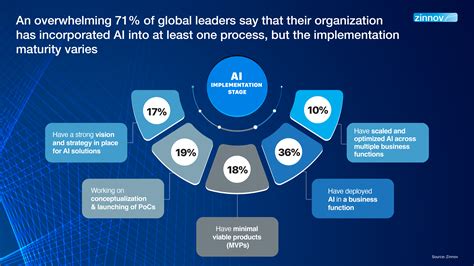بلاگ
Leveraging AI for Effective Cryptocurrency Surveillance
Using AI for Effective Cryptocurrency Surveillance
The world of cryptocurrency has become increasingly popular in recent years, with millions of users around the world using the technology to buy, sell, and trade digital assets. However, this increased activity also poses a significant challenge for law enforcement, financial institutions, and individuals looking to monitor and prevent illegal activities such as money laundering, terrorism financing, and cybercrime.
One solution to this problem is the use of artificial intelligence (AI) in cryptocurrency surveillance. By harnessing the power of AI algorithms, organizations can automate their monitoring systems and gain a deeper understanding of cryptocurrency transactions and activity patterns. In this article, we will look at how AI can be used for effective cryptocurrency surveillance, including the benefits, limitations, and examples of successful implementations.
How AI Can Help Cryptocurrency Surveillance
AI-based cryptocurrency surveillance involves the use of machine learning algorithms to analyze large data sets of cryptocurrency transactions, identifying patterns and anomalies that may indicate illegal activity. Here are some of the ways AI can help with cryptocurrency surveillance:
- Pattern recognition: AI algorithms can be trained to recognize known patterns and anomalies in cryptocurrency behavior, allowing them to identify potential security threats.
- Predictive analytics
: By analyzing historical data and using machine learning techniques, AI-based systems can predict future trends and activity, allowing for proactive monitoring of high-risk transactions.
- Automatic risk assessment: AI algorithms can automatically assess the risk of individual transactions or groups of transactions, alerting users to potential concerns.
Benefits of using AI in cryptosurveillance
Using AI in cryptosurveillance offers several benefits, including:
- Increased accuracy: AI algorithms can quickly and accurately analyze massive amounts of data, reducing the risk of human error.
- Increased efficiency: By automating routine tasks, AI-based systems can free up resources for more complex and high-priority tasks.
- Increased security: AI-based surveillance systems can detect and prevent illegal activities, protecting users and financial institutions from harm.
Limitations and challenges
While AI has the potential to revolutionize crypto-surveillance, there are also several limitations and challenges that need to be considered:
- Data quality issues

: Poor data quality or incomplete data sets can hinder the effectiveness of AI algorithms.
- Explainability and interpretability: As AI systems become more complex, it can be difficult to understand why certain decisions were made, making it harder to identify potential biases.
- Regulatory Compliance: The use of AI in crypto surveillance must comply with relevant regulations and laws, such as anti-money laundering (AML) and know your customer (KYC).
Examples of Successful AI-Based Crypto Surveillance
Several organizations have already demonstrated the effectiveness of AI-based crypto surveillance, including:
- Financial Action Task Force (FATF): The FATF used AI algorithms to analyze cryptocurrency transactions and identify potential money laundering risks.
- US Department of Homeland Security: DHS implemented an AI-based system to monitor cryptocurrency transactions and detect potential terrorism financing threats.
- CoinDesk Cryptocurrency Compliance Platform: This platform uses AI algorithms to analyze cryptocurrency data and provides users with real-time compliance alerts.
